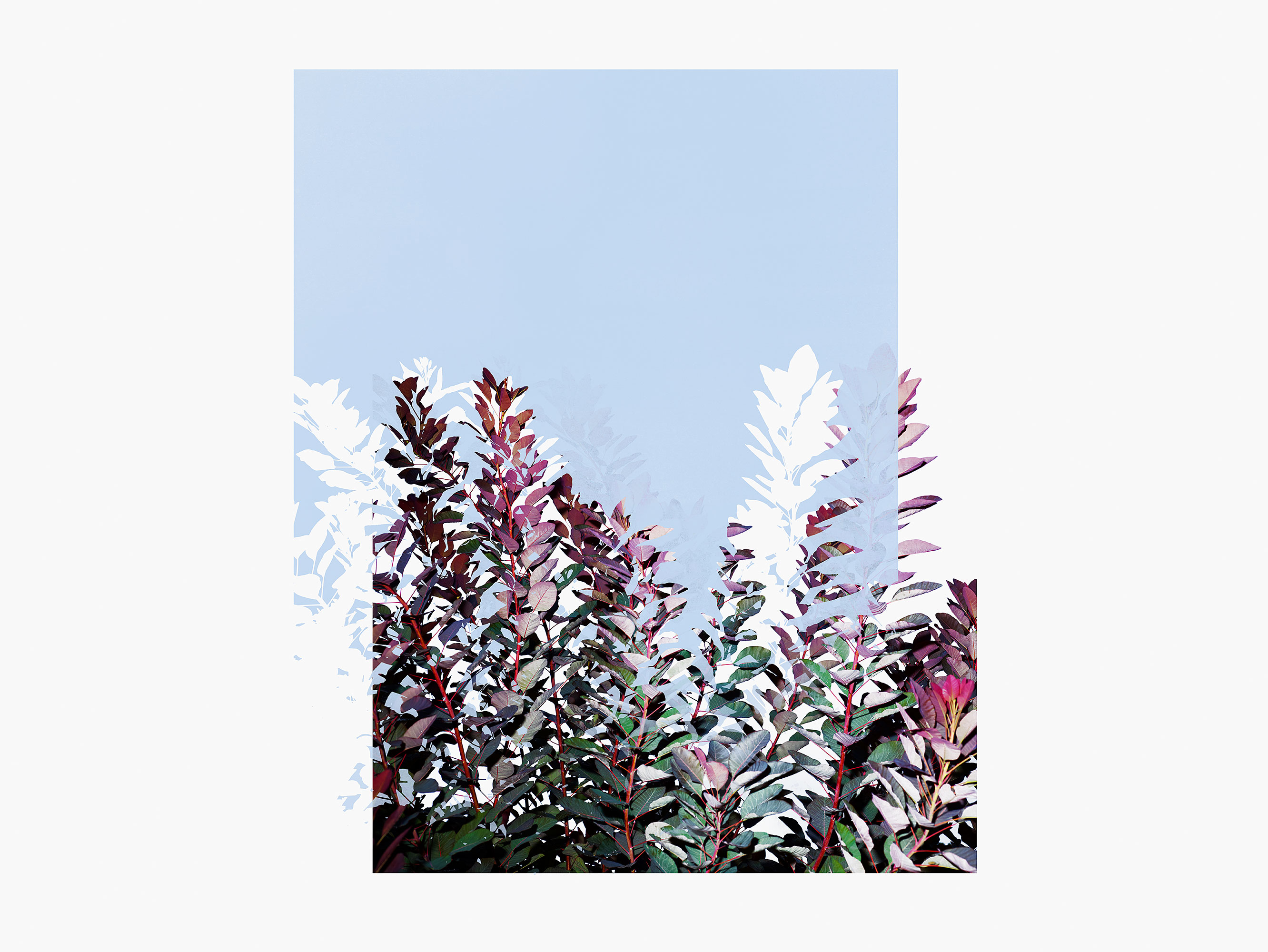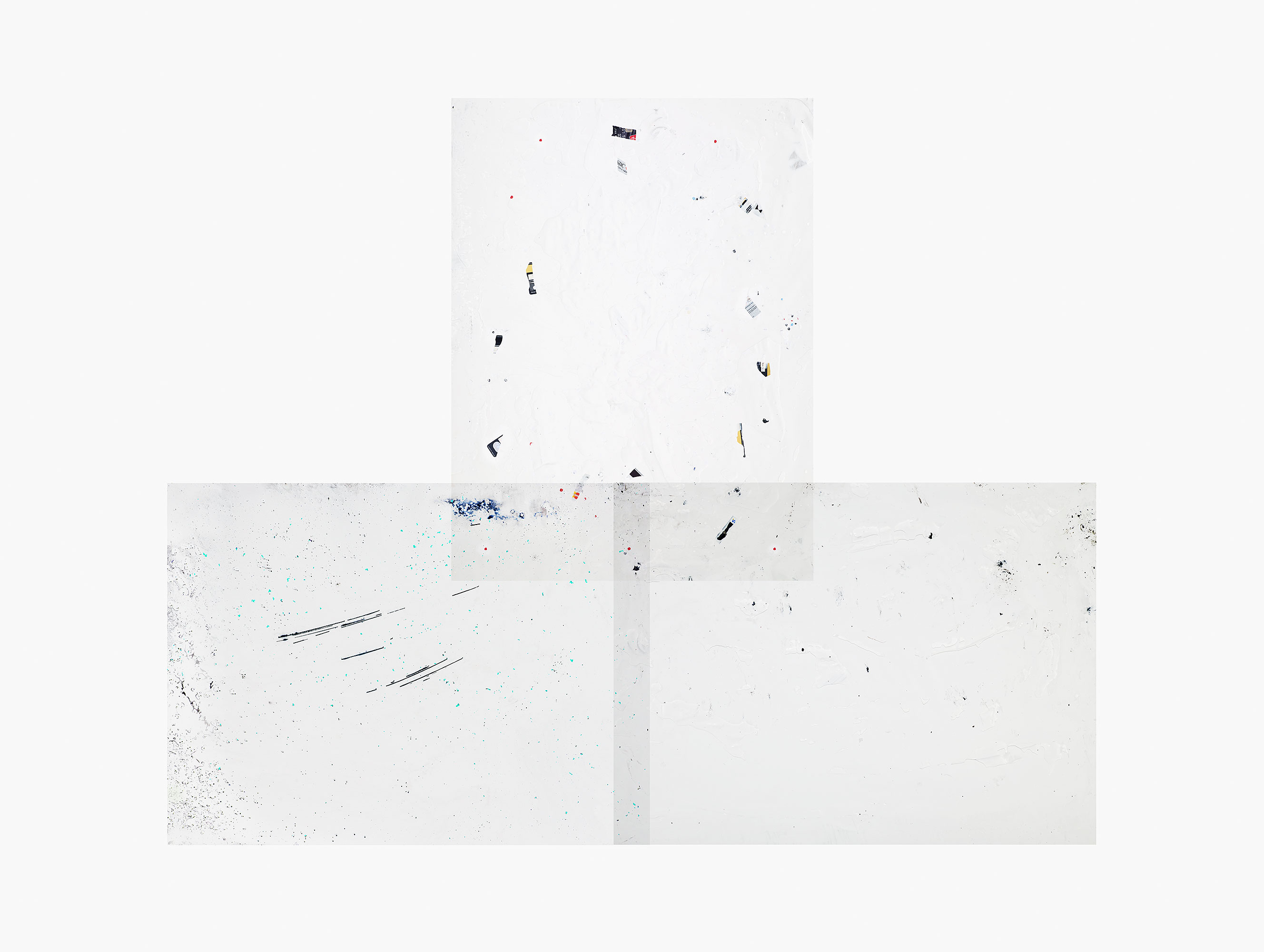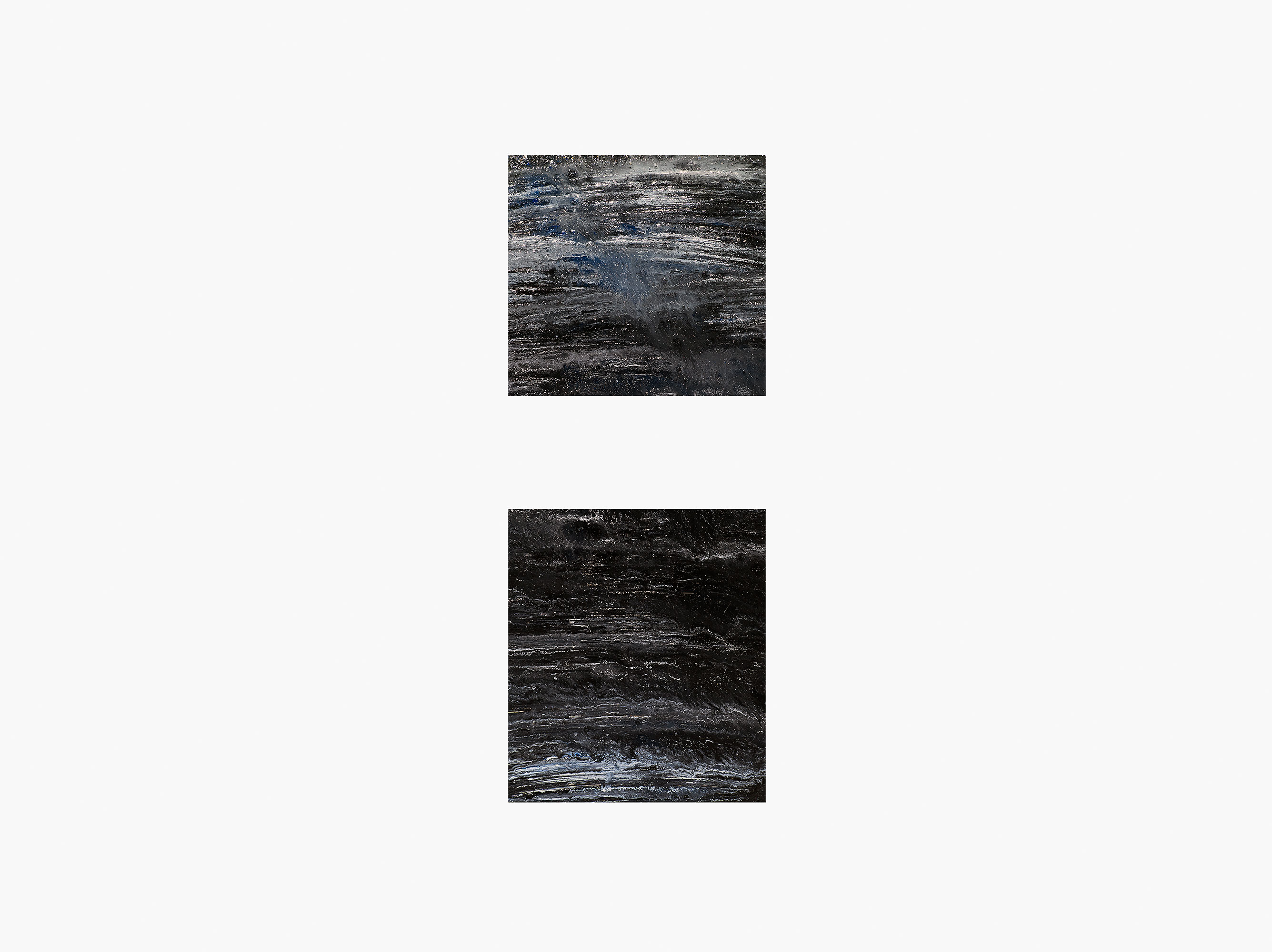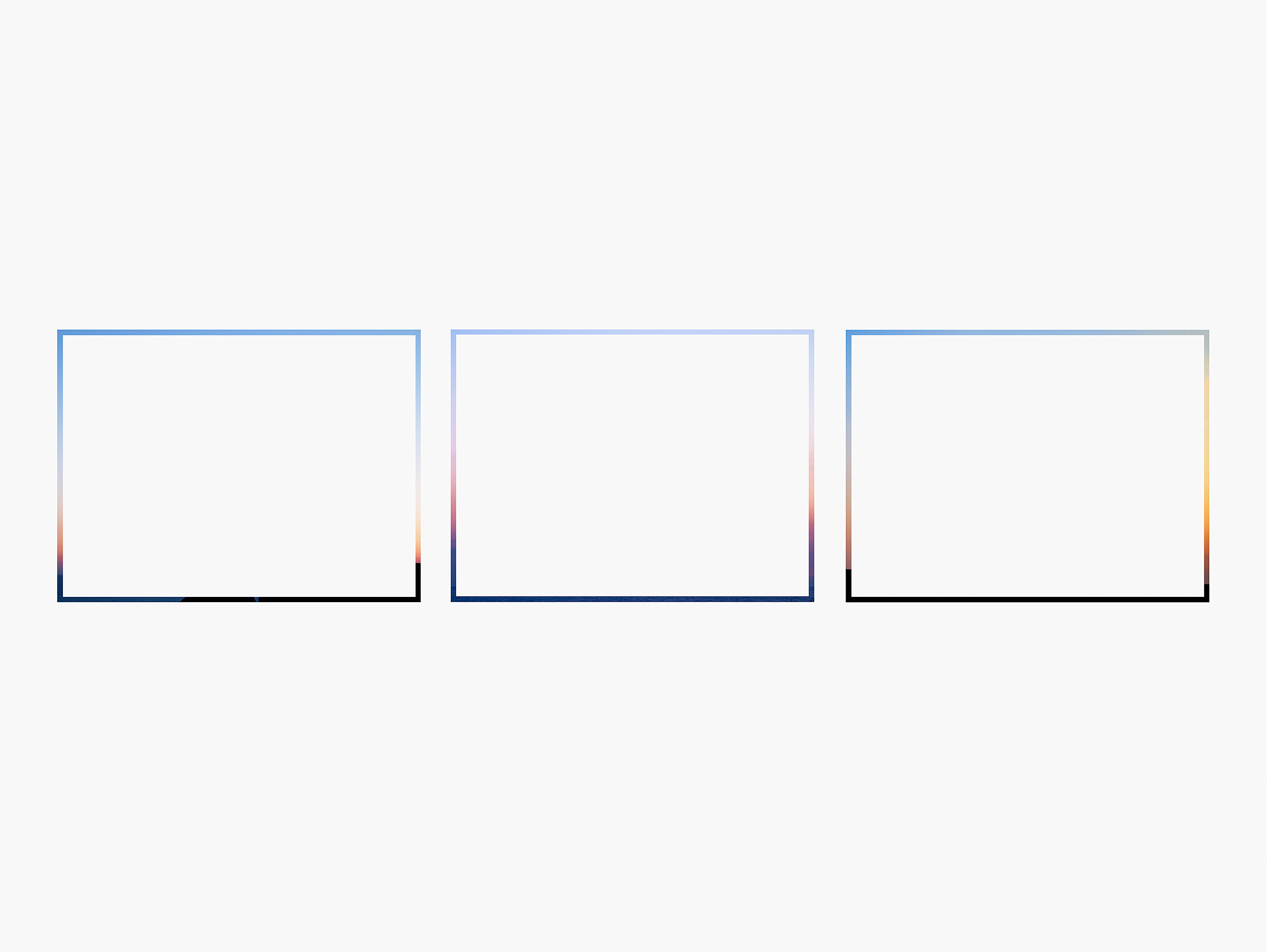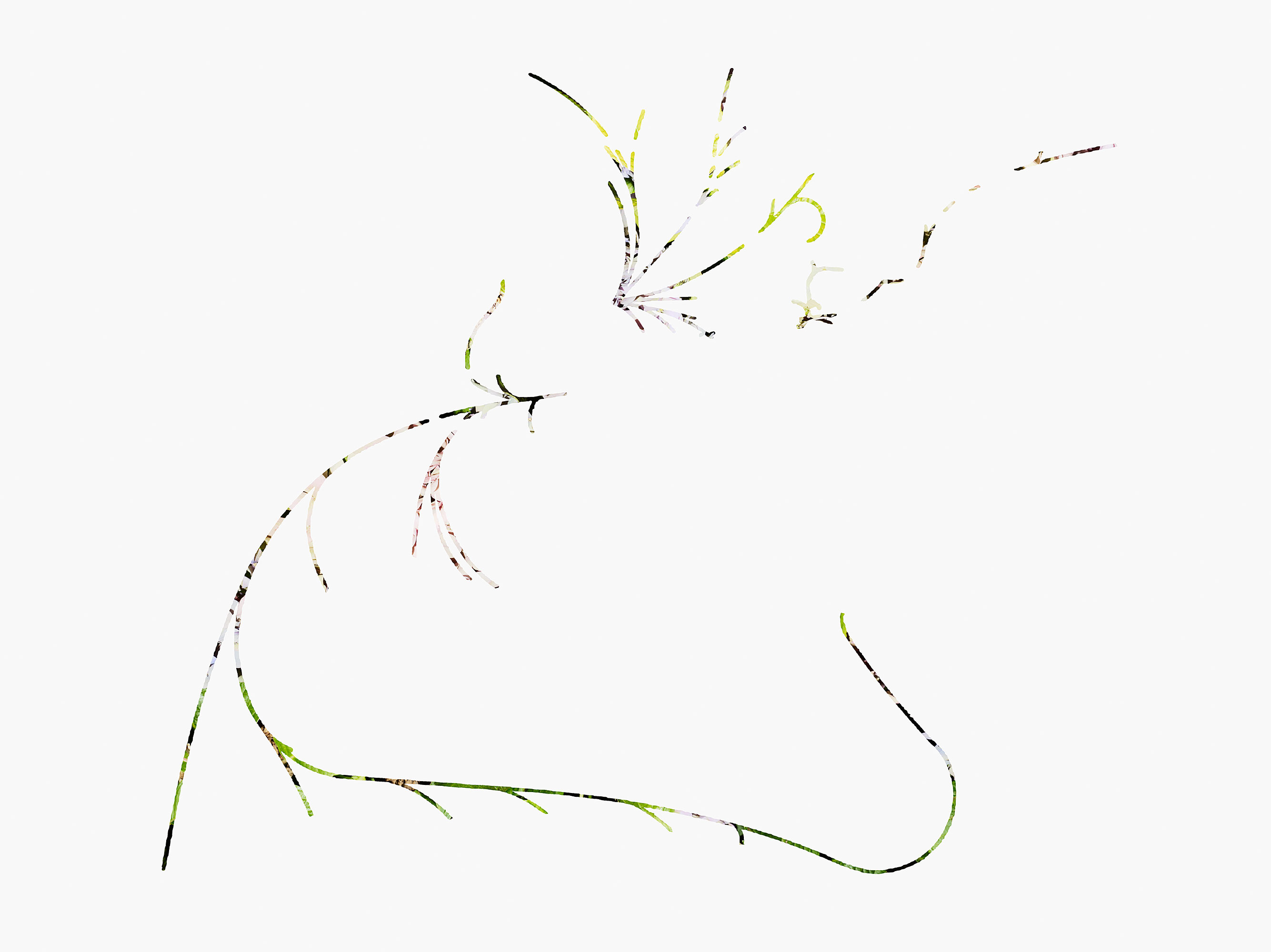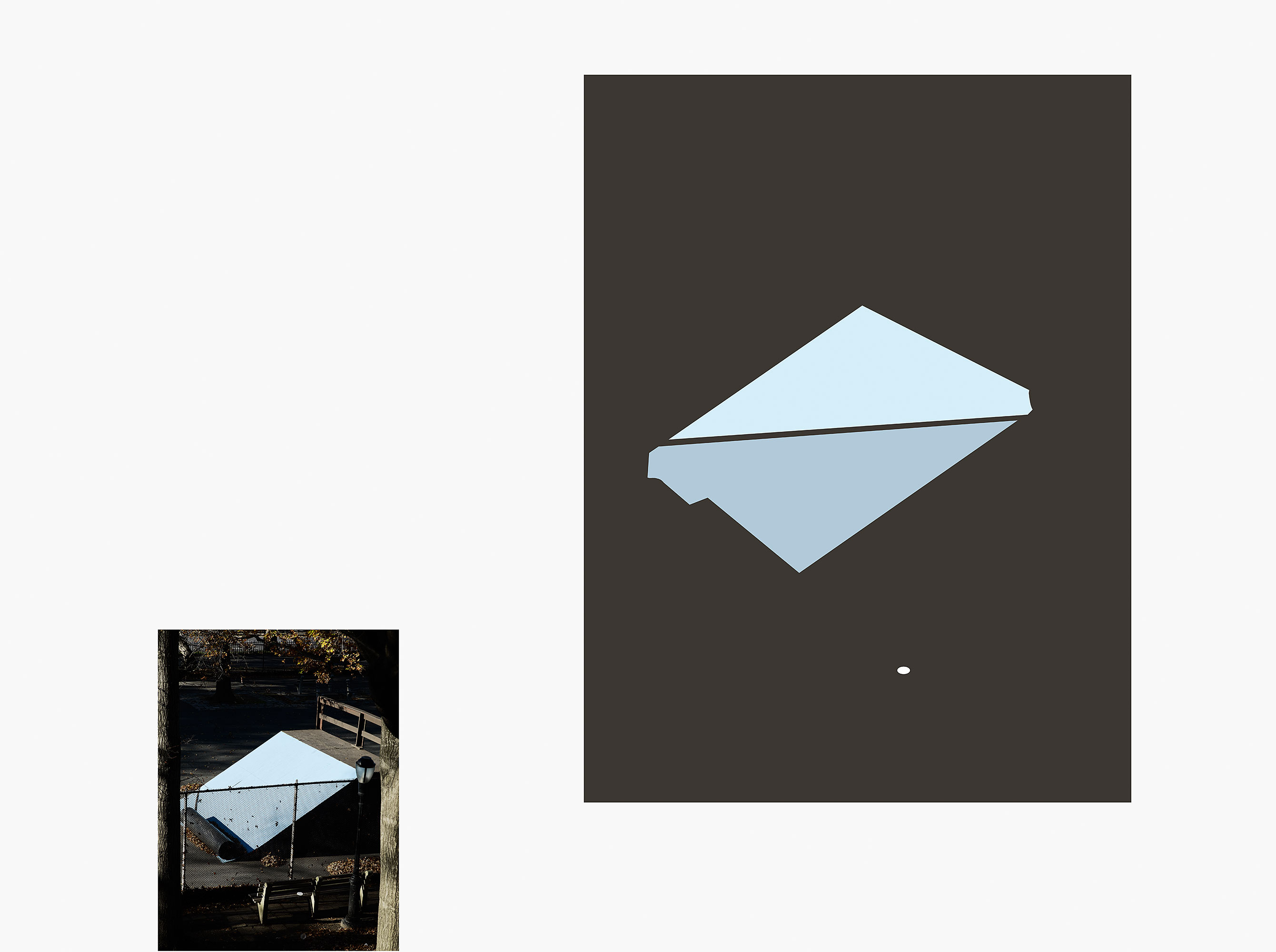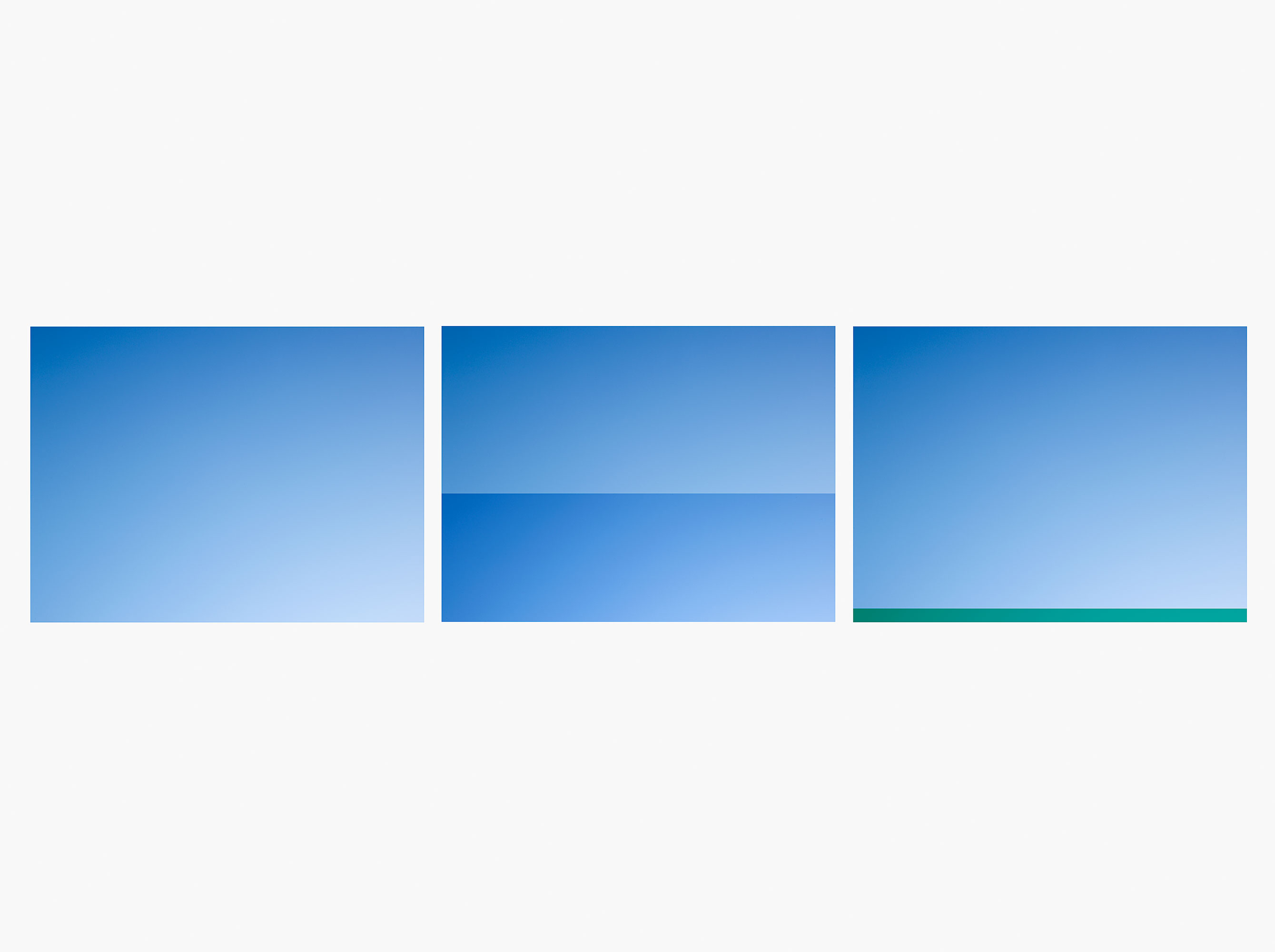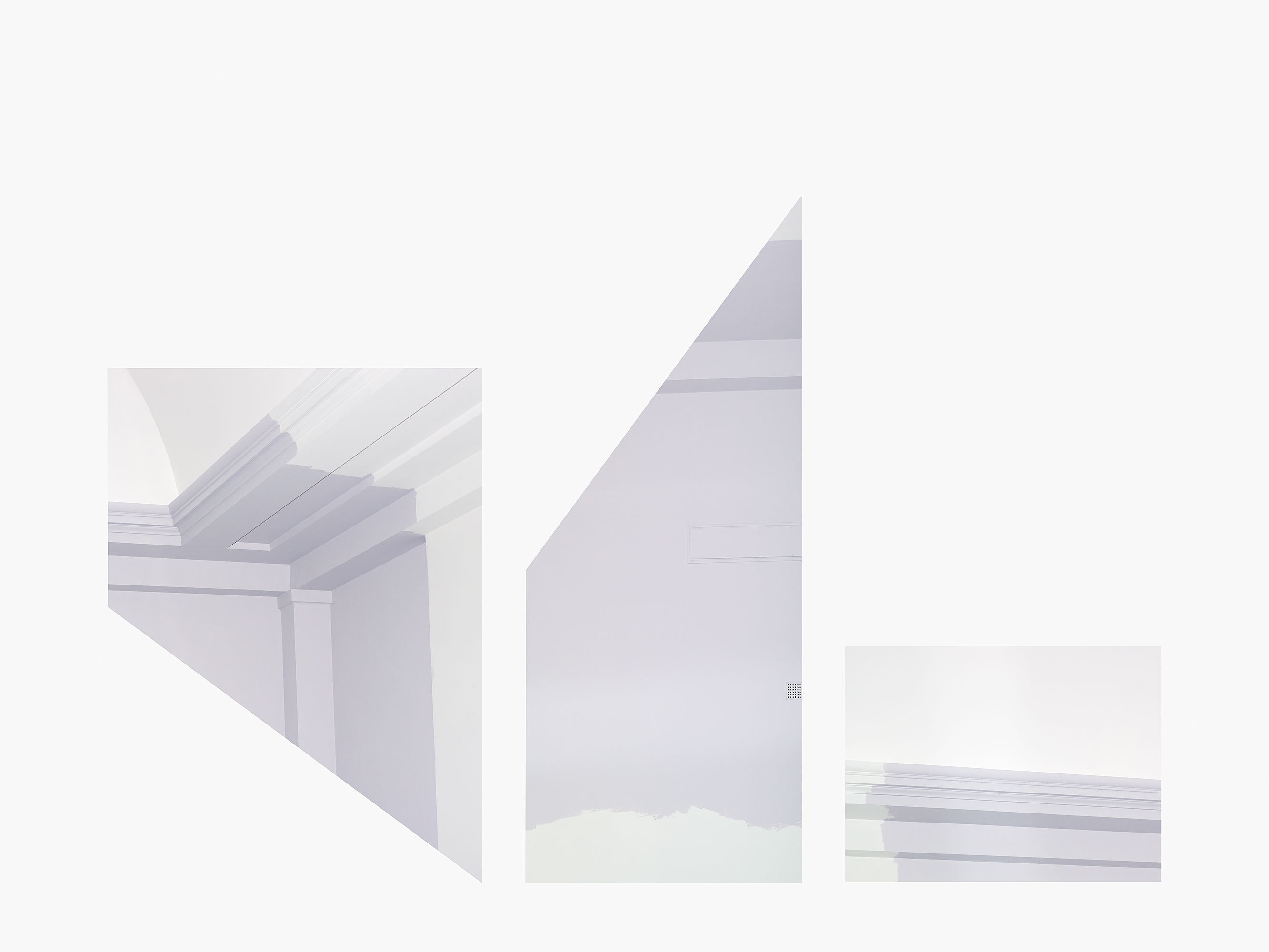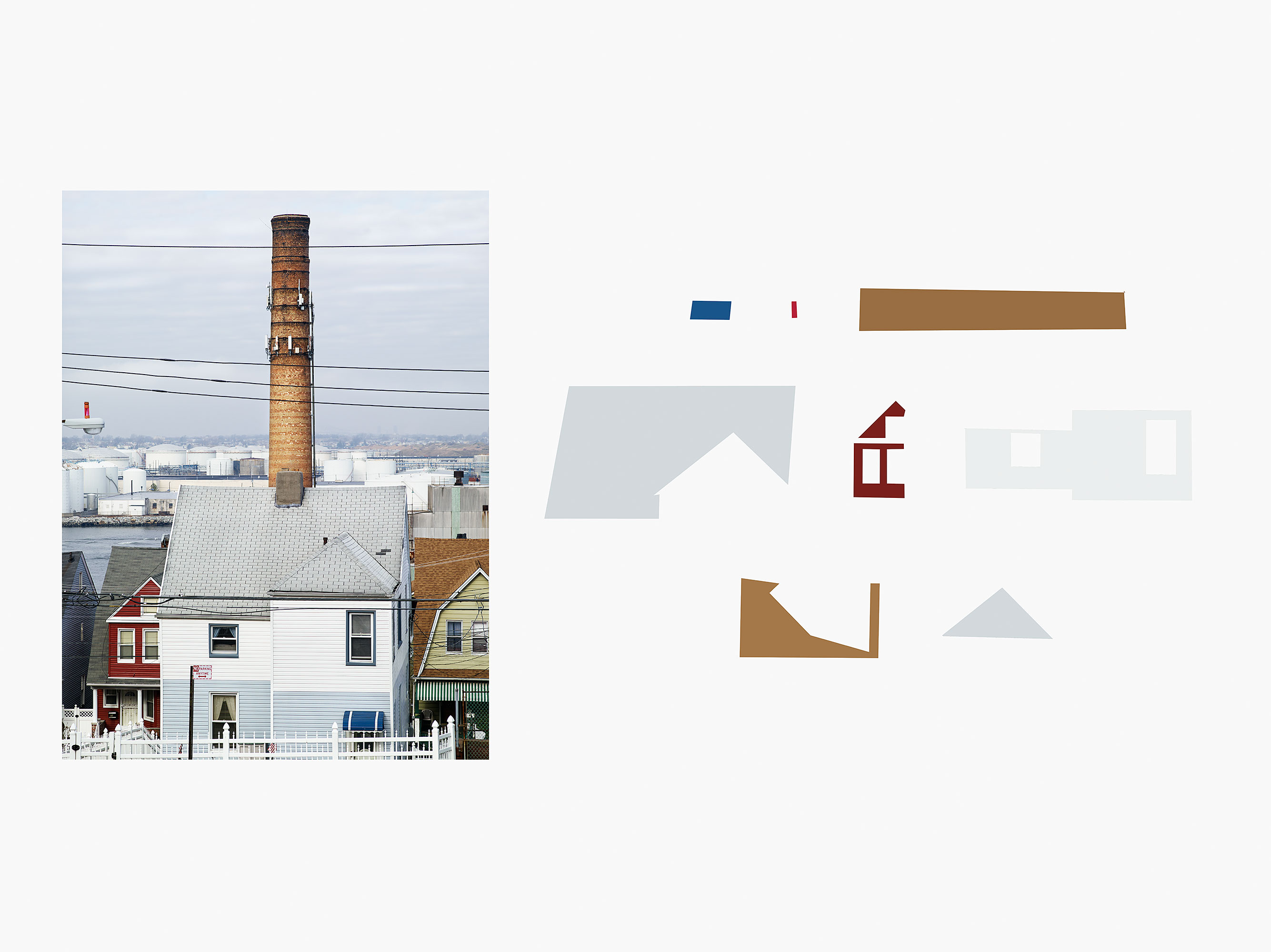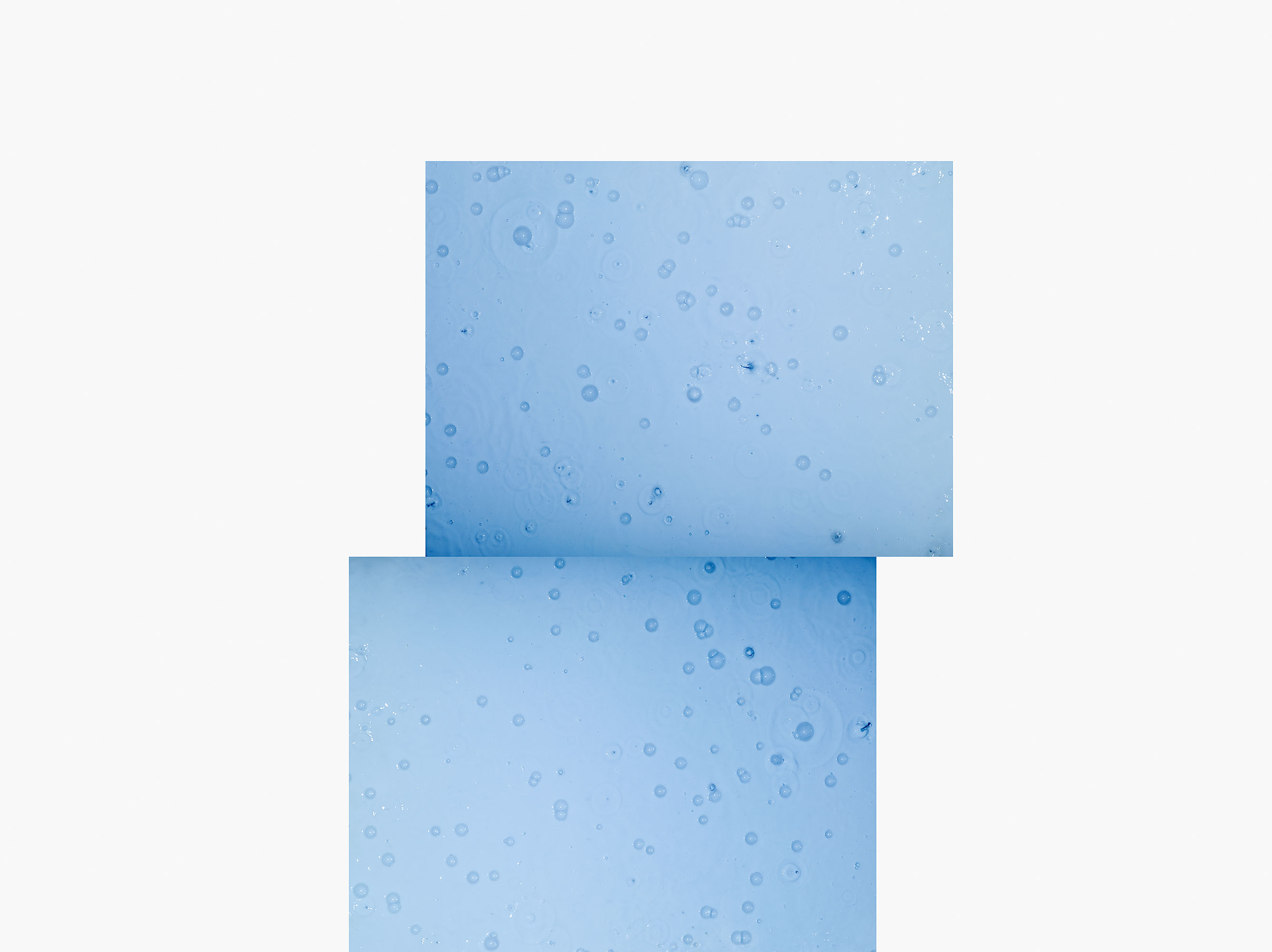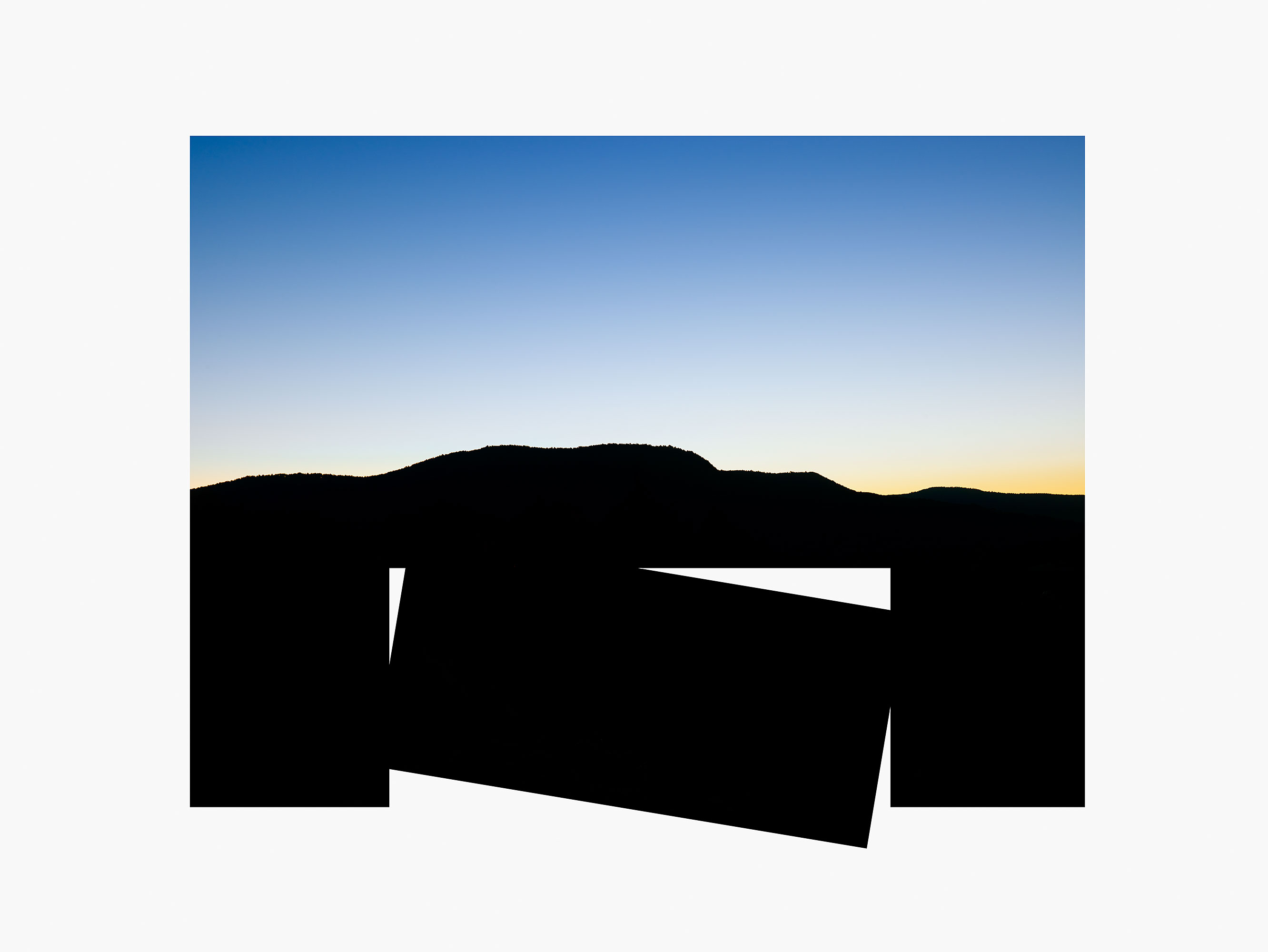Artist Blog
Every week an artist whose single image was published by Der Greif is given a platform in which to blog about contemporary photography.
The Grin without the Cat
Oct 03, 2015 - John Maclean
Photographs from a work in progress and some thoughts on their origins. When I was at school we were occasionally asked to supervise art classes for the younger children. I remember being intrigued by one child who would draw off the page and onto the table. Once, with a sheet of sugar paper in front of him, he painted onto it—then onto the wall—then onto the floor. He had no sense of edge. Watch how a child draws a house for the first time. The child draws the front, the sides and the back; then, perhaps he sketches the path leading to the tree and swing, and perhaps even then something that is inside the house. These elements are either drawn separately or jumbled up together. Looking over the child’s shoulder, the teacher or parent might say: ‘Oh no, you can’t see all these things at once!’. But in a sense the child is right in the first place. The child’s version is richer and more alive; the adult’s version is narrow and conveys less about the manifest experience of a house. In the 19th century, German pedagogue Friedrich Froebel encouraged the idea that the child should be an explorer of the world’s textures, laws and frontiers, who should be left to make his or her own discoveries through unstructured play. Froebel wanted children to ‘reach out and take the world by the hand, and palpate its natural materials and laws’. Early Froebelian kindergartens had few figurative toys. Instead of trains, dolls and knights, there were wooden cubes and spheres, coloured squares and circles, pebbles, shells and pick-up-sticks. Children spent their days singing songs and playing games, arranging the pebbles in spirals and circles, balancing blocks and picking up sticks. This open play was, as Froebel imagined it, the means by which ‘the child became aware of itself, and its place within the universe’.


